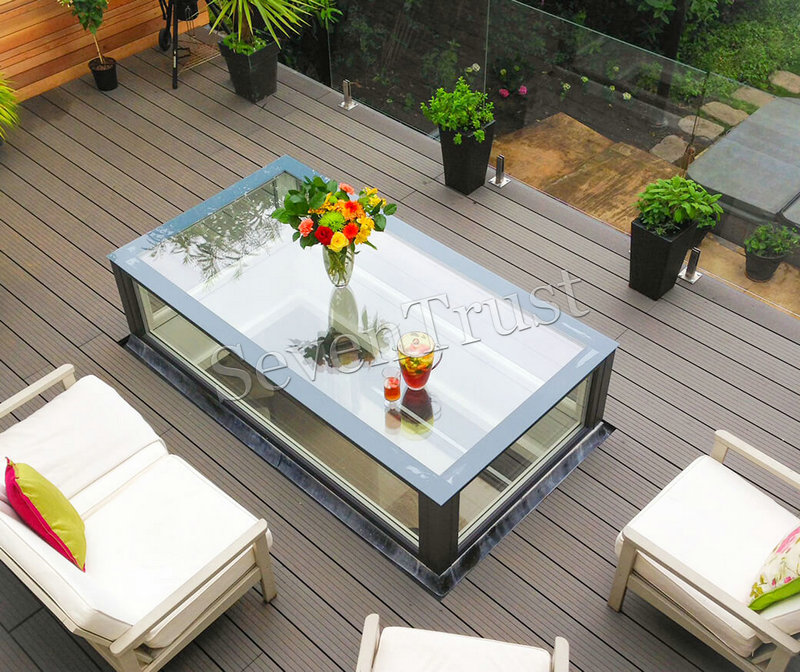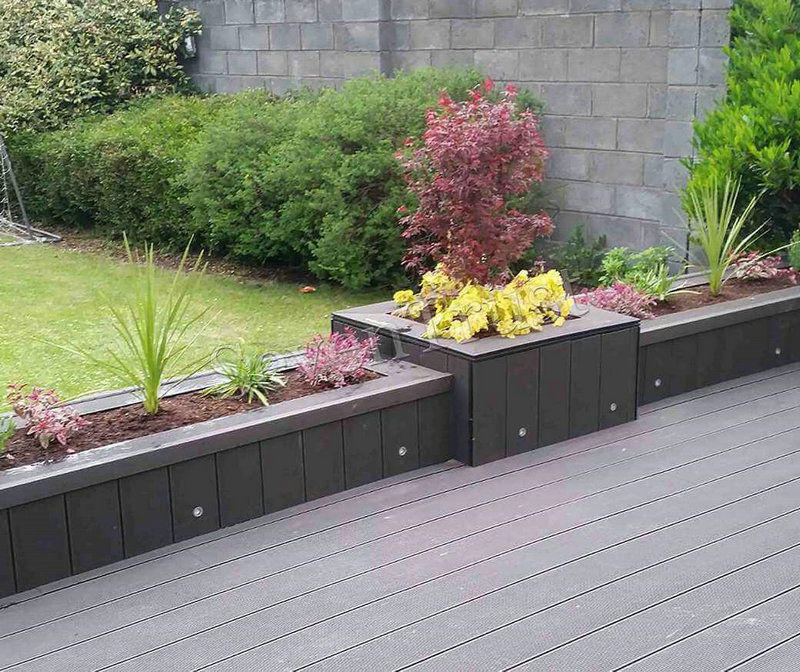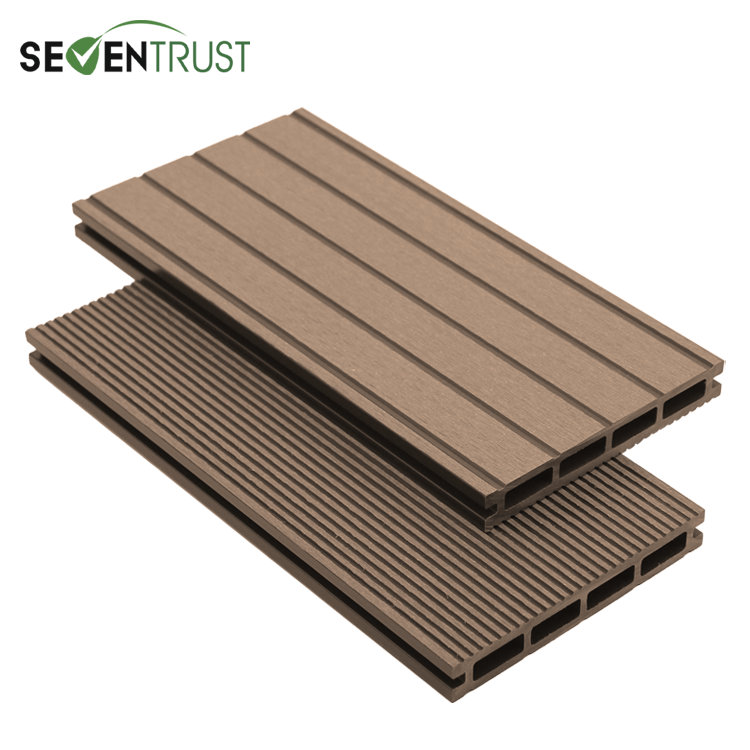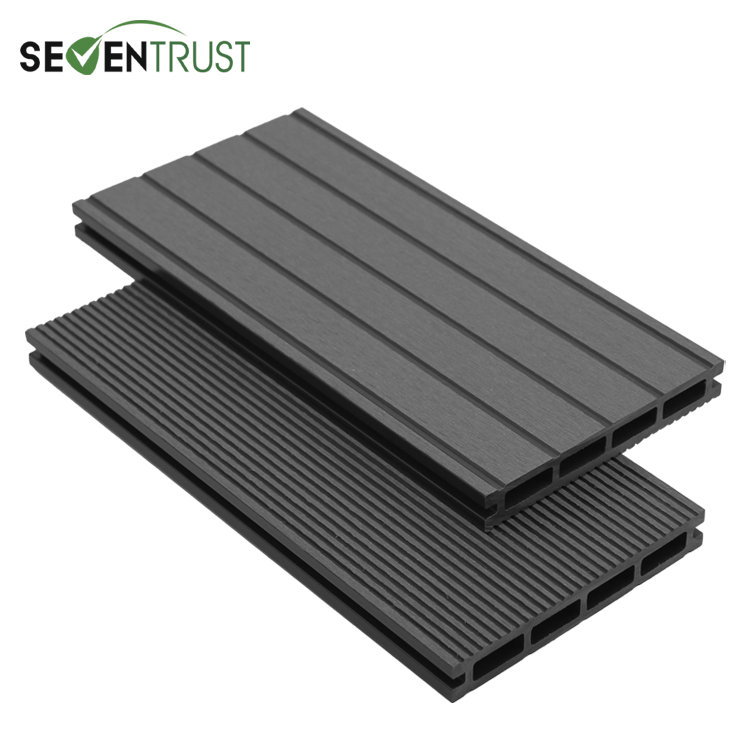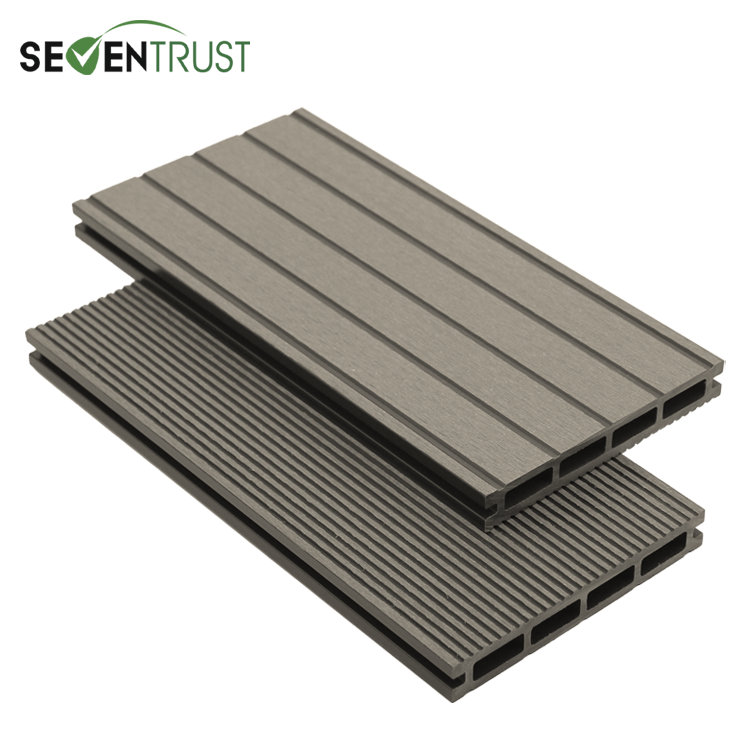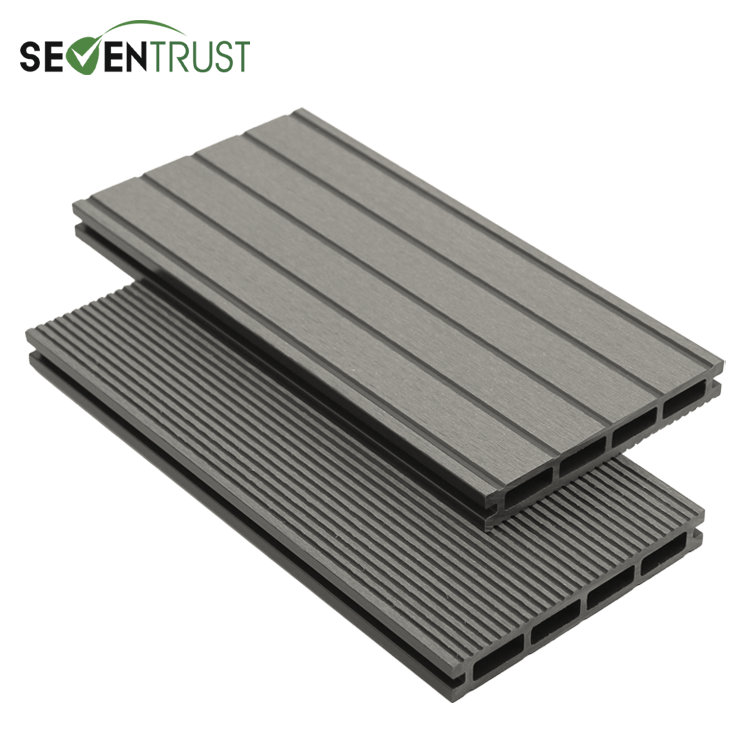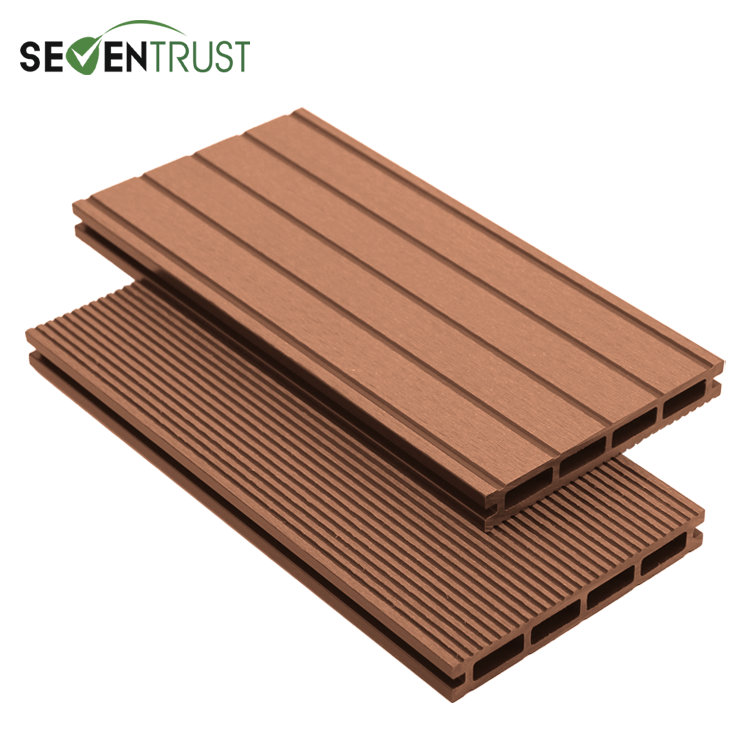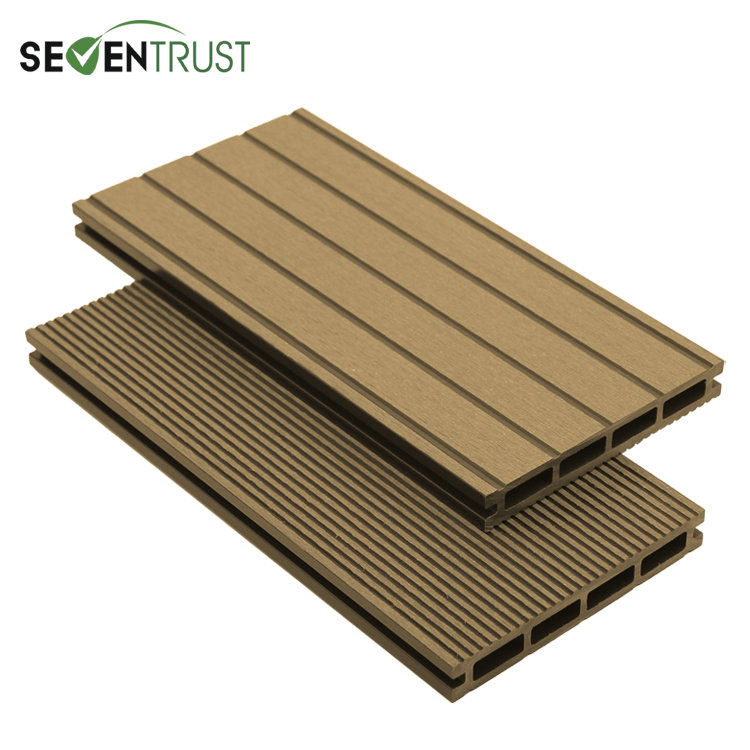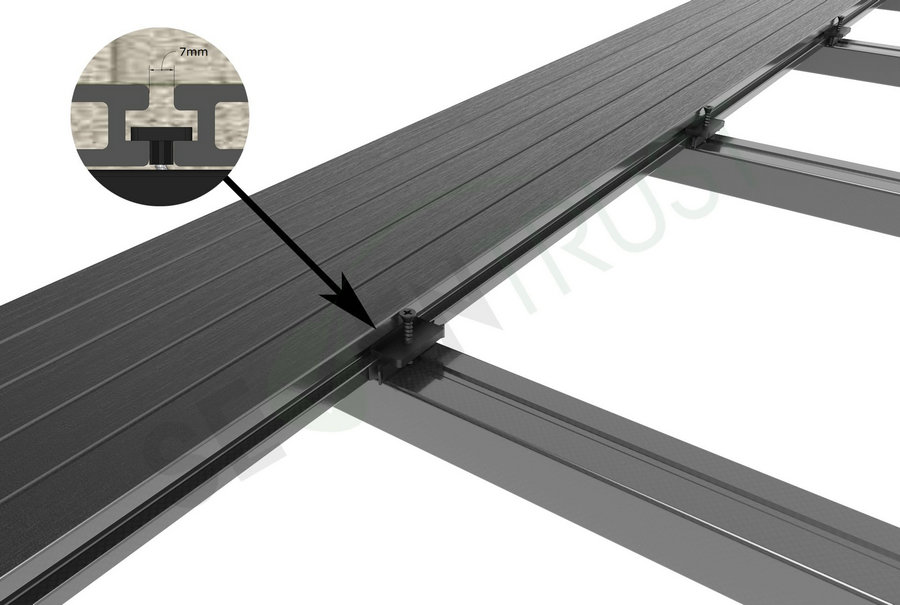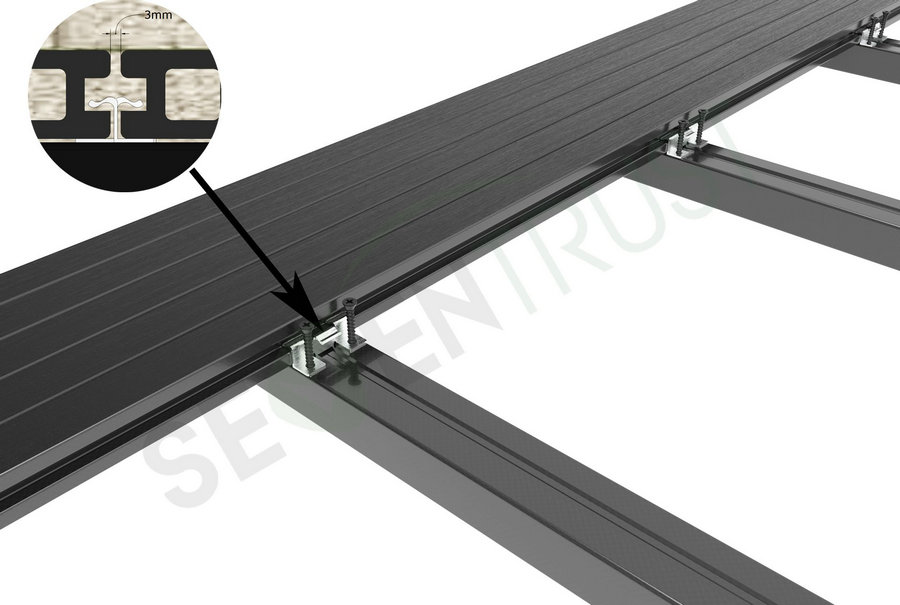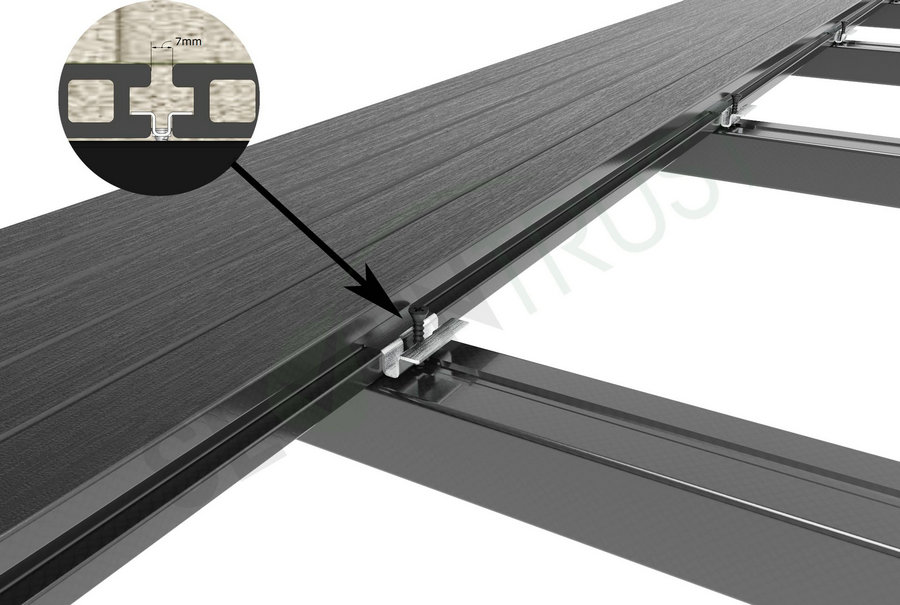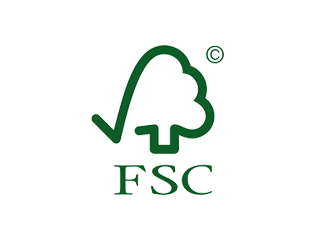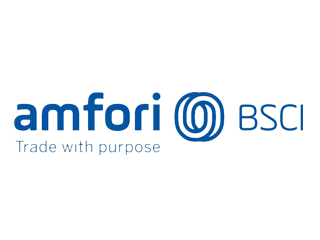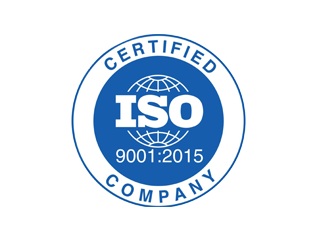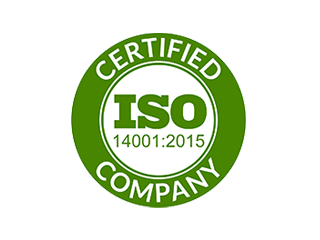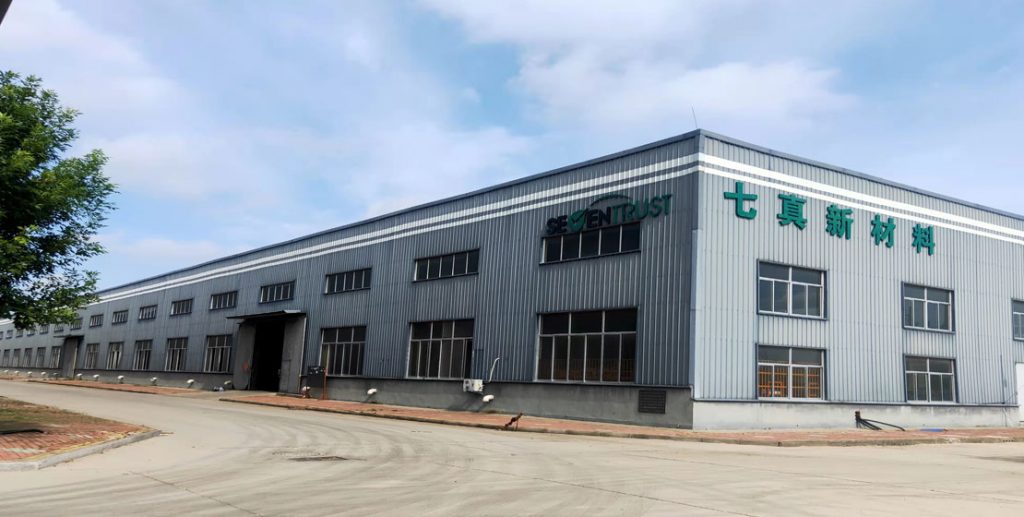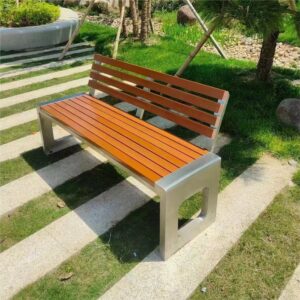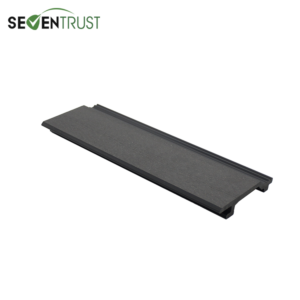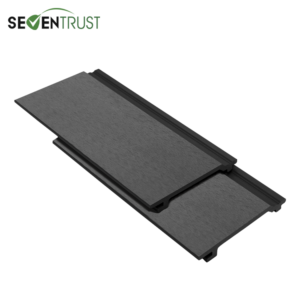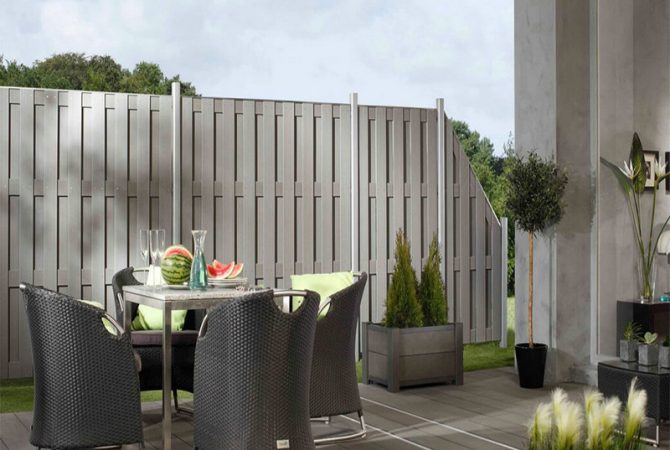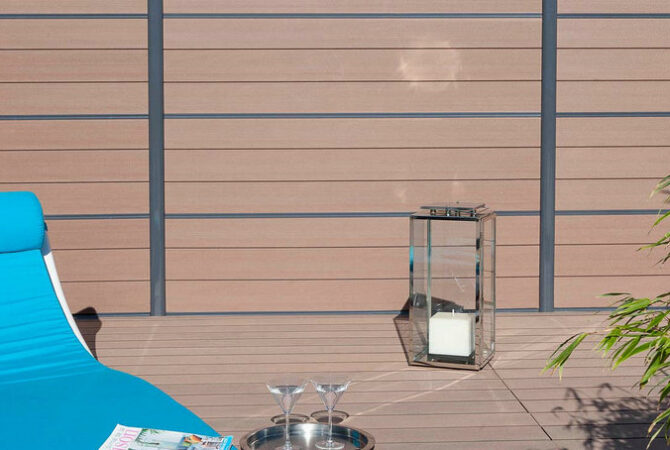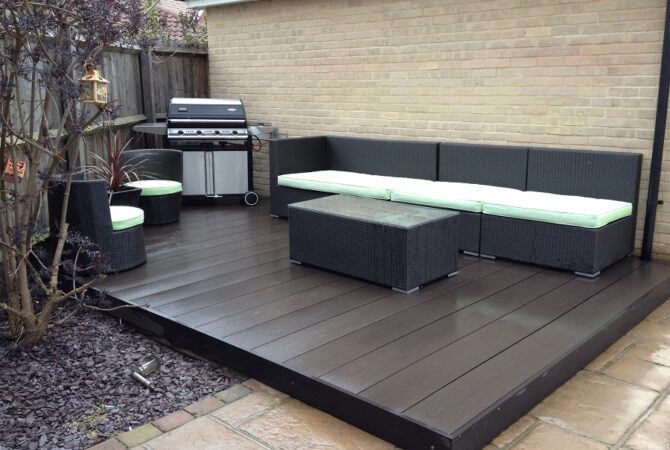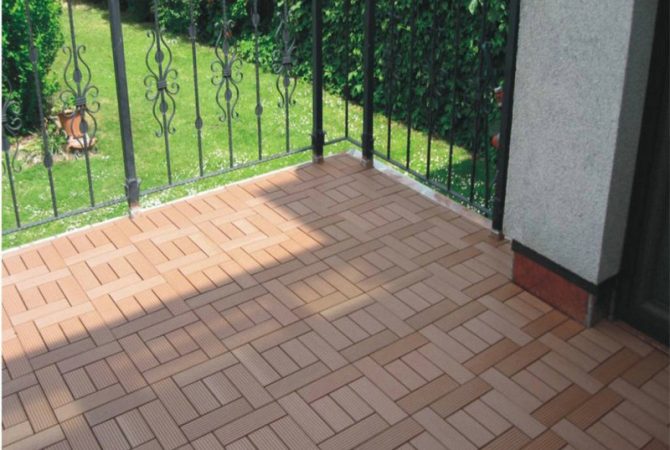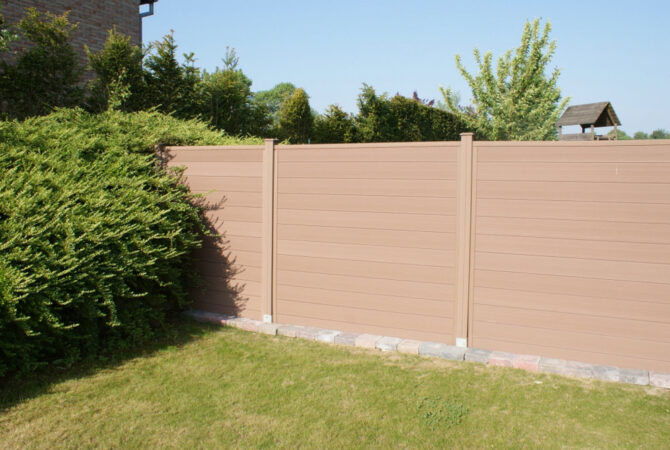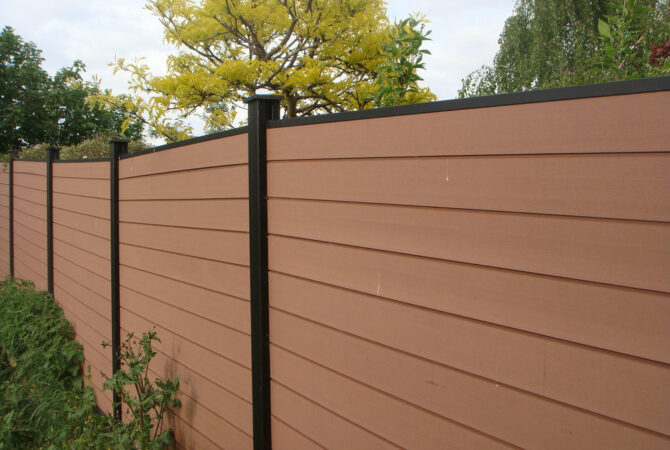What is WPC decking?
WPC decking stands for Wood Plastic Composite decking, which is a type of decking material that is made by combining natural wood fibers and plastic. It is designed to be a durable, low-maintenance alternative to traditional wooden decking, and is becoming increasingly popular for outdoor decking, patio areas, and other landscaping applications. The plastic and wood fibers used in WPC decking are typically a mix of recycled and virgin materials, making it an environmentally-friendly choice for homeowners.
ST-146H21 WPC Decking Product Description
Name | ST-146H21 ECO Composite Decking |
Brand Name | SEVEN TRUST |
Size | 140mm x23mm |
color | Teak,Redwood,Light grey,Dark grey,Chocolate,Grey white... |
Features | Waterproof, fire retardant, UV resistant, Anti-slip, maintenance free, long life span |
Profiles | Hollow WPC Decking |
Package | Pallet |
Warranty | More than 5 years |
Lifetime | more than 25 years |
Application | Home and garden, Landscaping, Swimming pool |
Surface treatments | Sanding/ Brushing/ Embossing |
MOQ | 200 Square Meter |
WPC Component | 55% wood fiber, 35% HDPE, 10% additives |
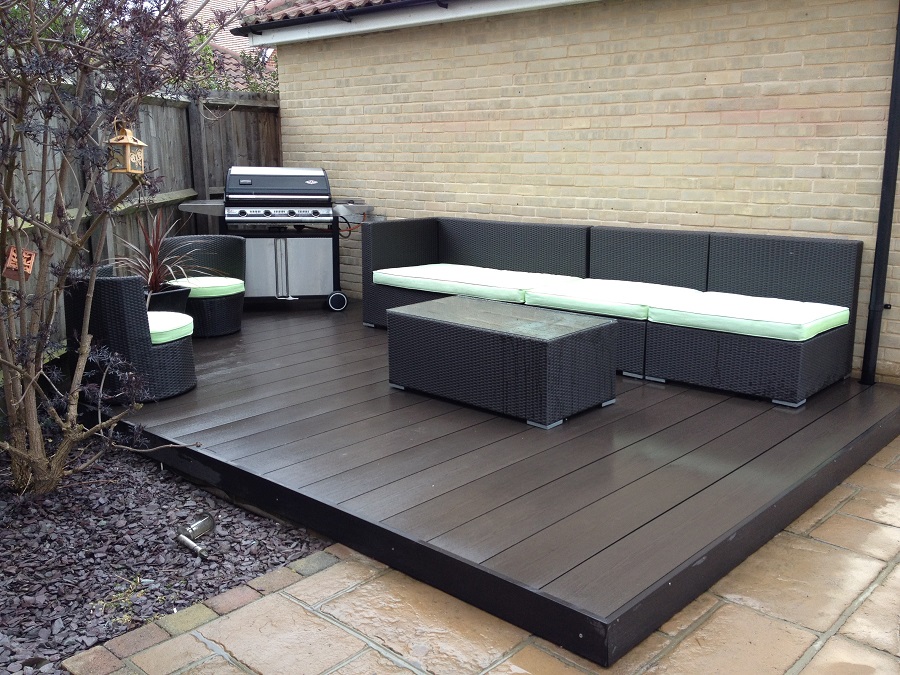
Wood Vs. Composite Decking
Wood and composite decking are two popular options for building a deck. Each has its own benefits and drawbacks:
Wood Decking:
Pros: Wood decking is a natural, renewable resource that has a warm, classic look and feel. It's also relatively affordable compared to composite decking.
Cons: Wood decking requires regular maintenance, including staining and sealing, to prevent rot, warping, and other forms of weather damage. It can also be prone to splintering and fading.
Composite Decking:
Pros: Composite decking is made of plastic and wood fibers, so it's more durable and low-maintenance than wood. It's also resistant to rot, insects, and weather damage, and it doesn't splinter or fade as easily as wood.
Cons: Composite decking is more expensive than wood, and it's not as natural-looking. Some composite decking can also be slippery when wet.
Ultimately, the choice between wood and composite decking will depend on your personal preferences, budget, and local climate. Both options can be great choices for building a deck, and each has its own pros and cons.
The differences between wpc and wood materials: | ||
Characteristics | WPC | Wood |
Service life | More than 10 years | Annual maintenance |
Prevent termite erosion | Yes | No |
Anti-mildew ability | High | Low |
Acid and alkali resistance | High | Low |
Anti-aging ability | High | Low |
Painting | No | Yes |
Cleaning | Easy | General |
Maintenance cost | No maintenance,Low cost | High |
Recyclable | 100% recyclable | Basically not recyclable |
How to install WPC Decking?
Installing WPC (Wood Plastic Composite) decking involves the following steps:
- Preparation: Start by measuring the area where you plan to install the decking. Clear the area of any debris, level the ground if necessary, and make sure that the area is properly draining.
- Planning the layout: Plan the layout of the decking, including the location of joists, posts, and other components. Make sure to take into account any obstacles, such as doors, windows, or electrical outlets, that may impact the layout of the decking.
- Cutting the WPC decking: Cut the WPC decking to size, taking into account the width of the decking boards, the spacing between them, and the width of any gap that you want to leave between the boards and the wall.
- Installing the joists: Install the joists at the appropriate spacing (usually 16 or 24 inches on center), either on the ground or attached to the building structure. Make sure that the joists are level and square.
- Laying the WPC decking: Start laying the WPC decking boards, starting at one end of the deck and working your way to the other. Make sure that the boards are properly spaced and that the end of each board is properly supported by a joist. You can use decking screws or hidden fasteners to attach the boards to the joists.
- Finishing touches: Once all of the boards are in place, install any trim pieces, such as skirting or post caps. You may also want to add any additional features, such as lighting or railing, to complete the deck.
- Cleaning: Clean the deck with a mild detergent to remove any dirt or debris that may have accumulated during the installation process.

